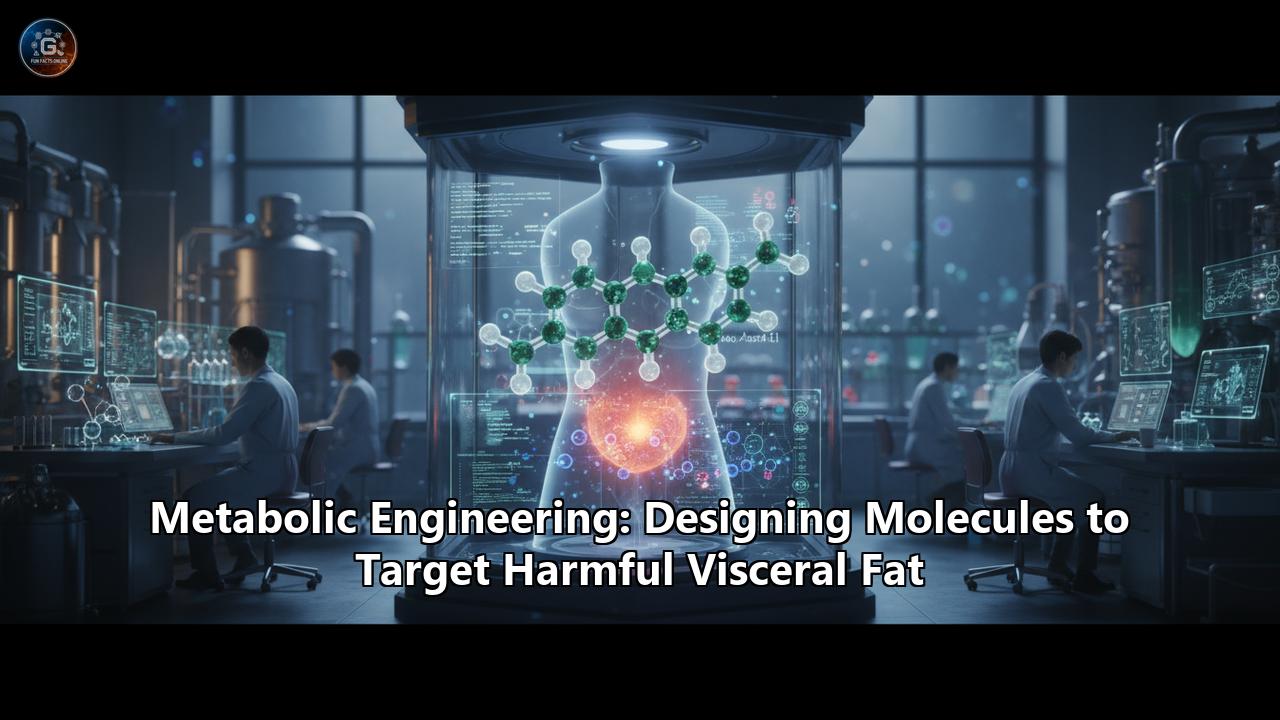could involve attaching the drug to a molecule that binds to a receptor found uniquely or in high abundance on the surface of visceral fat cells. Nanoparticle-based drug delivery systems are being explored for this purpose, but selectively targeting internal fat depots without accumulating in other organs like the liver or spleen remains a significant challenge.
- Injectable Solutions: Local injections, like that used for CBL-514, solve the delivery problem for subcutaneous fat but are not a viable solution for targeting deep-seated visceral fat.
From Bench to Bedside: The Long Road of Clinical Translation
Promising results in cell cultures and animal models do not always translate to success in humans. This is a well-known bottleneck in all areas of drug development.
- Animal Model Limitations: Mice are not simply small humans. While they are invaluable for studying basic biological processes, there are important metabolic differences between mice and humans. A drug that effectively reduces visceral fat in a mouse on a high-fat diet may have a different effect or different side effects in a human patient with a complex history of diet, genetics, and lifestyle factors.
- Safety and Toxicity: The top priority in human trials is safety. Long-term studies are required to ensure that a new therapy doesn't cause subtle toxicity that only becomes apparent after years of use. For a condition like obesity, which requires chronic management, the bar for safety is exceptionally high.
- Cost and Accessibility: The development of novel, precision-engineered therapies is an incredibly expensive and time-consuming process. Even when a drug is proven safe and effective, ensuring it is affordable and accessible to the millions of people who could benefit from it is a major societal and economic challenge.
The Future is Integrated and Personalized
Despite these challenges, the future of this field is incredibly bright. The trajectory is moving towards more integrated and personalized approaches.
- Combination Therapies: It is unlikely that a single "magic bullet" will solve obesity. The future likely lies in combination therapies that target multiple pathways simultaneously. For instance, a patient might receive a molecule that promotes fat browning (like the Duke sugar molecule) in combination with a drug that improves insulin sensitivity or an agent that modulates the gut microbiome.
- Personalized Medicine: Systems biology and epigenetic profiling will one day allow for a more personalized approach. A doctor might be able to analyze a patient's unique genetic and metabolic profile to predict which therapeutic strategy will be most effective for them. A patient with a highly inflammatory visceral fat phenotype might respond best to an immune-modulating therapy, while another with a primary defect in thermogenesis might benefit more from a fat-browning agent.
- Living Medicines: The use of engineered probiotics or even engineered human cells represents a new frontier. Imagine receiving a "living medicine" that takes up residence in your gut and continuously produces a molecule that keeps your metabolism in a healthy state. Researchers at Ohio State University have already shown in mice that injecting encapsulated, heat-generating cells into the abdomen can reduce visceral fat, offering a glimpse into this cellular therapy future.
Metabolic engineering has opened a new and exciting chapter in the fight against visceral fat. By moving away from one-size-fits-all approaches and embracing a strategy of precision and rational design, scientists are creating a new generation of smart molecules that can intervene directly in the metabolic pathways that govern this dangerous fat. From bacterial sugars that coax fat cells to burn themselves away, to injectable drugs that command them to self-destruct, the innovations are as creative as they are powerful.
The journey from the laboratory to the clinic is long and challenging, but the fundamental principles are sound. Through a deeper understanding of the molecular choreography of lipogenesis and lipolysis, and by leveraging the powerful tools of computational design, systems biology, and microbial engineering, we are on the cusp of developing therapies that can selectively disarm the hidden enemy within. This is not just about weight loss; it is about rewriting the script of metabolic disease, extending healthspan, and tackling one of the greatest public health crises of our time at its very source. The future of obesity treatment will be targeted, it will be personalized, and it will be engineered.
Reference:
- https://www.google.com/search?q=time+in+Durham+County,+US
- https://pmc.ncbi.nlm.nih.gov/articles/PMC2823448/
- https://today.duke.edu/2025/10/discover-new-innovations-invented-duke-2025
- https://pmc.ncbi.nlm.nih.gov/articles/PMC3138241/
- https://www.spandidos-publications.com/10.3892/mmr.2017.8235
- https://www.biorxiv.org/content/10.1101/2024.06.12.598703v1
- https://www.biorxiv.org/content/10.1101/2024.06.12.598703v2.full.pdf
- https://www.biorxiv.org/content/10.1101/2024.06.12.598703v2.full-text
- https://journals.plos.org/plosone/article?id=10.1371/journal.pone.0031812
- https://www.researchgate.net/publication/236181429_Apoptotic_pathways_in_adipose_tissue
- https://pmc.ncbi.nlm.nih.gov/articles/PMC7744659/
- https://www.youtube.com/watch?v=Q9SNYMFacW0
- https://pmc.ncbi.nlm.nih.gov/articles/PMC5832931/
- https://en.wikipedia.org/wiki/Cortisol
- https://www.eurekalert.org/news-releases/869017
- https://www.youtube.com/watch?v=AMThnxS8hy8
- https://www.mdpi.com/2077-0383/14/21/7641
- https://pmc.ncbi.nlm.nih.gov/articles/PMC4035704/
- https://www.researchgate.net/figure/Regulation-of-de-novo-lipogenesis-by-SREBP1c-and-ChREBP-Insulin-activation-of-the_fig4_273149394
- https://www.mdpi.com/journal/ijms/special_issues/Q5C5Z1AD1C
- https://www.researchgate.net/publication/345633275_Understanding_Dietary_Intervention-Mediated_Epigenetic_Modifications_in_Metabolic_Diseases
- https://www.youtube.com/watch?v=M2AkGrruPaA
- https://gosset.ai/targets/adipose-tissue-lipid-synthesis-enzymes/
- https://www.youtube.com/watch?v=_V0LWoOs30Y
- https://www.youtube.com/watch?v=L-xloWxbE5w
- https://www.mdpi.com/2218-273X/15/11/1521
- https://en.wikipedia.org/wiki/Adrenaline
- https://www.researchgate.net/publication/51205934_Several_agents_and_pathways_regulate_lipolysis_in_adipocytes
- https://www.csirhrdg.res.in/SiteContent/ManagedContent/ATContent/Proposed_Revised_Syllabus_Life_Sciences_and_Biotechnology__LS_BT__20250508102536945.pdf
- https://www.youtube.com/watch?v=fmhhR7N4A5o
- https://www.youtube.com/watch?v=iKgjlULBEwc
- https://pmc.ncbi.nlm.nih.gov/articles/PMC6390333/
- https://scholars.duke.edu/person/Neeraj.Surana
- https://www.researchgate.net/figure/The-major-molecular-pathways-in-adipocytes-apoptosis-and-adipogenesis_fig6_371699817
- https://www.researchgate.net/publication/331369408_Metabolic_engineering_of_microorganisms_for_production_of_aromatic_compounds
- https://pmc.ncbi.nlm.nih.gov/articles/PMC6072979/
- https://www.dovepress.com/bridging-the-gap-the-role-of-advanced-formulation-strategies-in-the-cl-peer-reviewed-fulltext-article-IJN

